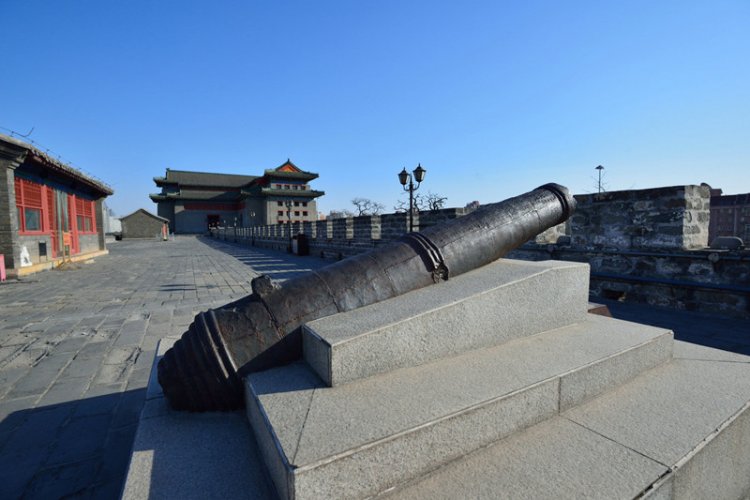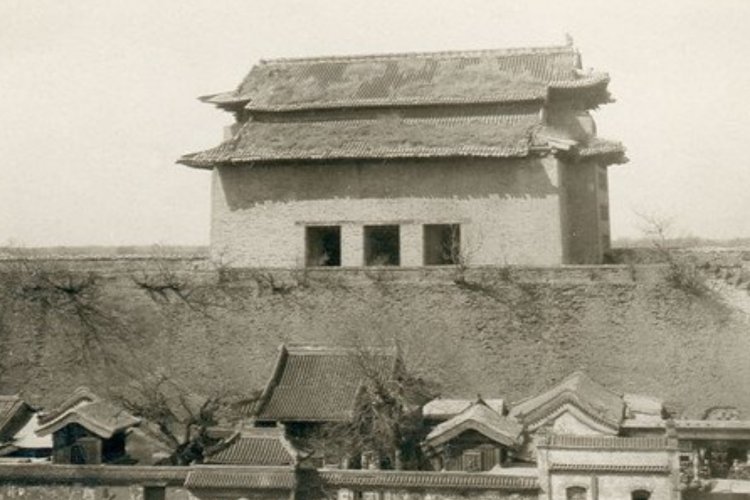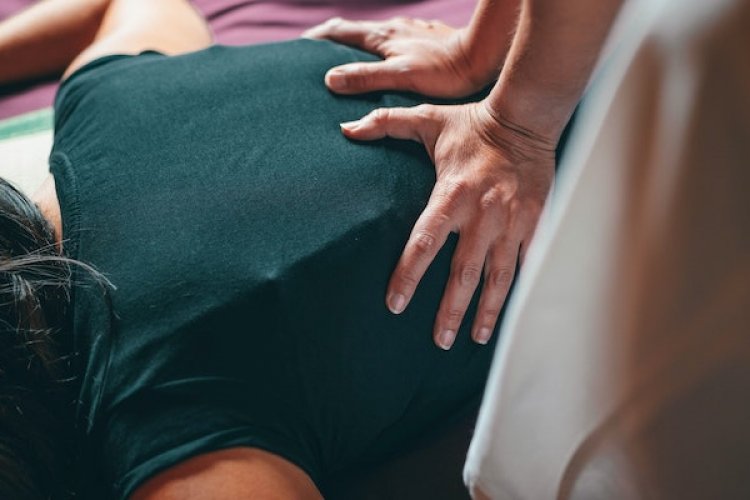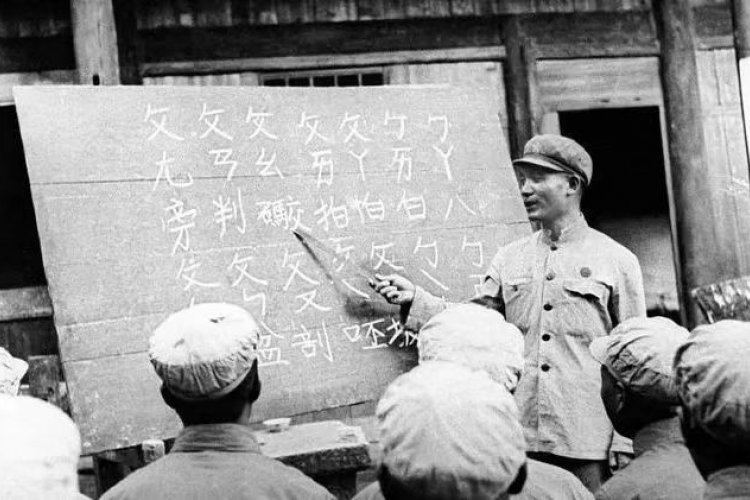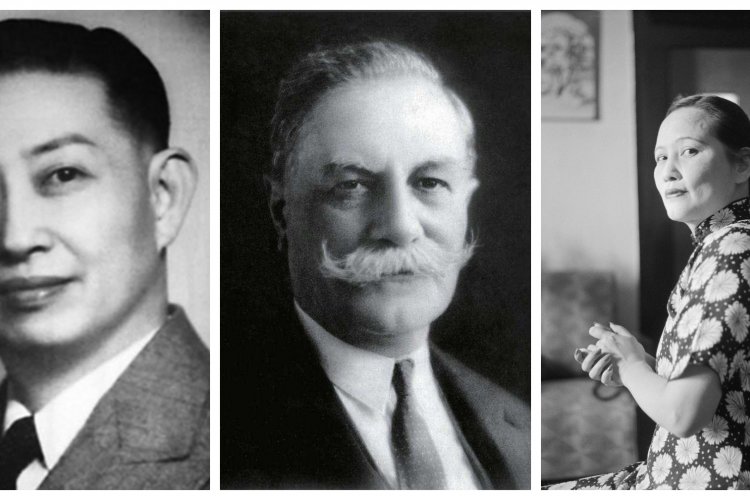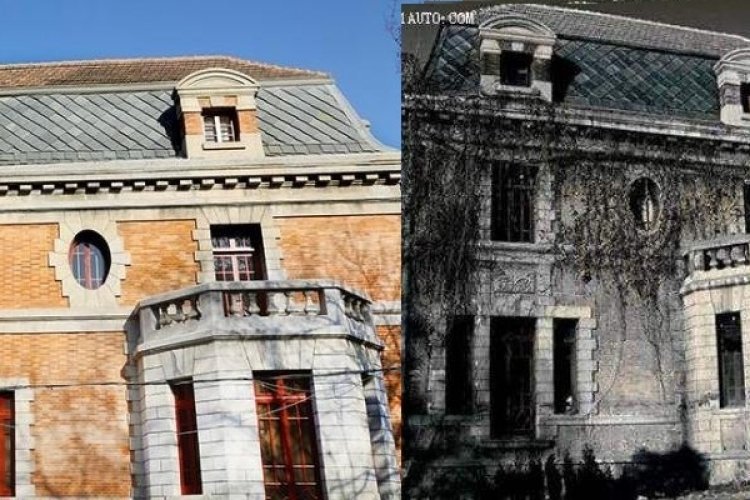Jingshan Park's Imperial Temple Reopens to the Public Following a Four-Year Renovation
Most people know Jingshan for its 360-degree views of Beijing, including epic views overlooking the Forbidden City. It's also one of central Beijing's lushest parks, especially in spring, when the former imperial garden's 200,000 peonies are in full bloom.
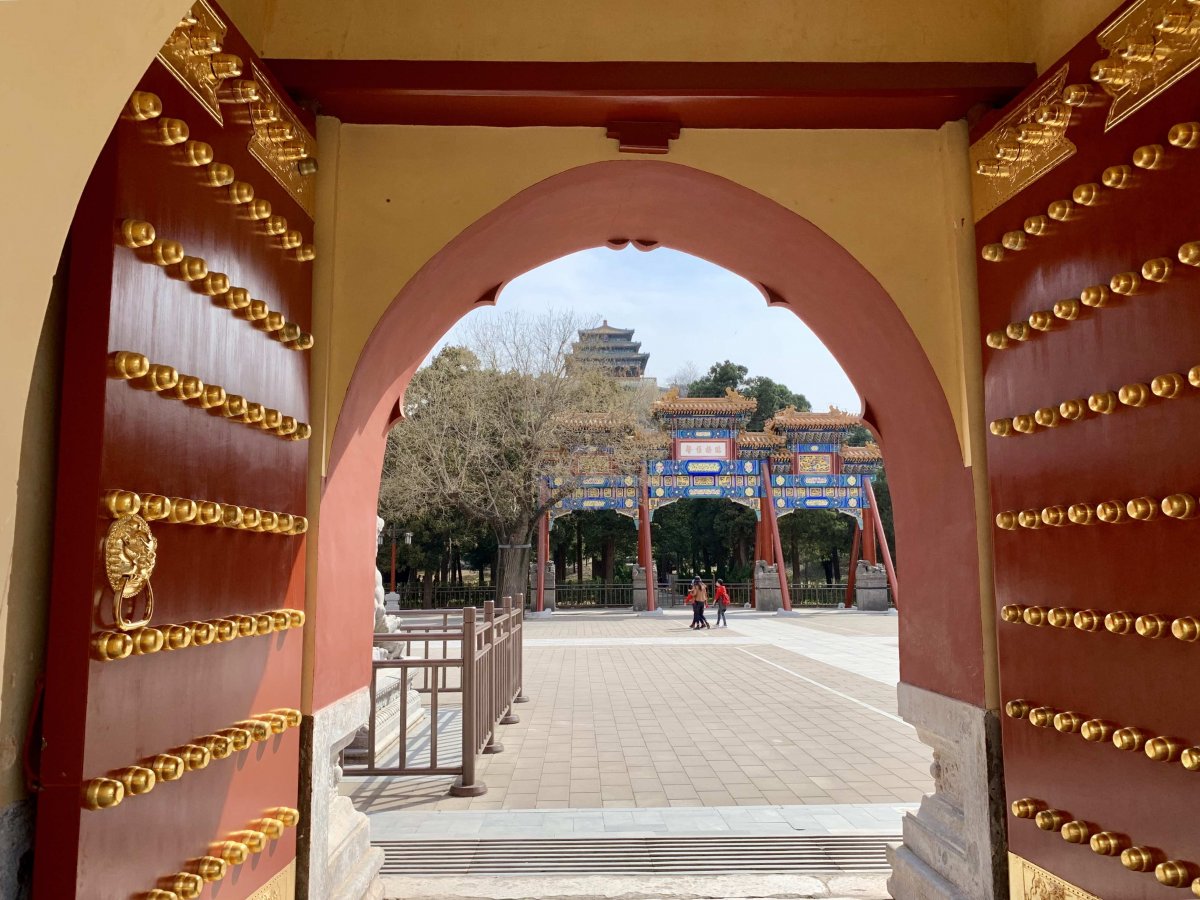
Now there's another reason to visit Jingshan Park. The Shouhuang Palace, the second largest imperial complex along the Central Axis of Beijing (second only, of course, to the Forbidden City), opened to the public this past November after a four-year renovation.
Previously, the Shouhuang Palace had been a Children's Cultural Center and, it is rumored, parts of it were used as a private club for members of the political elite.
The current structure dates back to 1749 and was modeled after the Ancestral Temple located just to the southeast of the Palace Museum. The site was used by the imperial family for venerating their royal ancestors, The main hall was divided, with each section containing a portrait of one of the Qing Emperors and other relics including memorial tables, jade seals, and even articles of clothing. Some of the portraits and artifacts were removed during the occupation of Beijing in 1900 following the Boxer War. In the 1920s, an inventory was taken and many of the remaining items – including imperial portraits – were added to the Palace Museum collection.
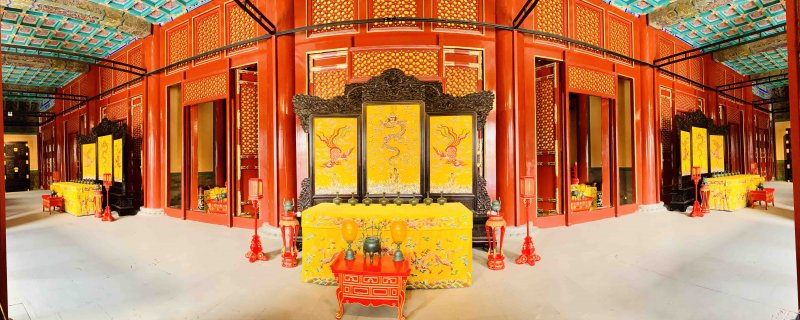
On Jan 1, 1956, the main halls of the Shouhuang Palace became the Beijing Children's Palace. Over the next six decades, interiors were gutted and altered to put in auditoriums, stages, heating elements, and water pipes.
"When I was asked to do the site survey for restoring the Shouhuang Palace, I knew it was going to be a tough job. I was excited and a little apprehensive," Du Yanhui, the head of Jingshan Park's infrastructure department, recalled for the Beijing Evening News last fall. In many sections, very little remained of the original architecture.
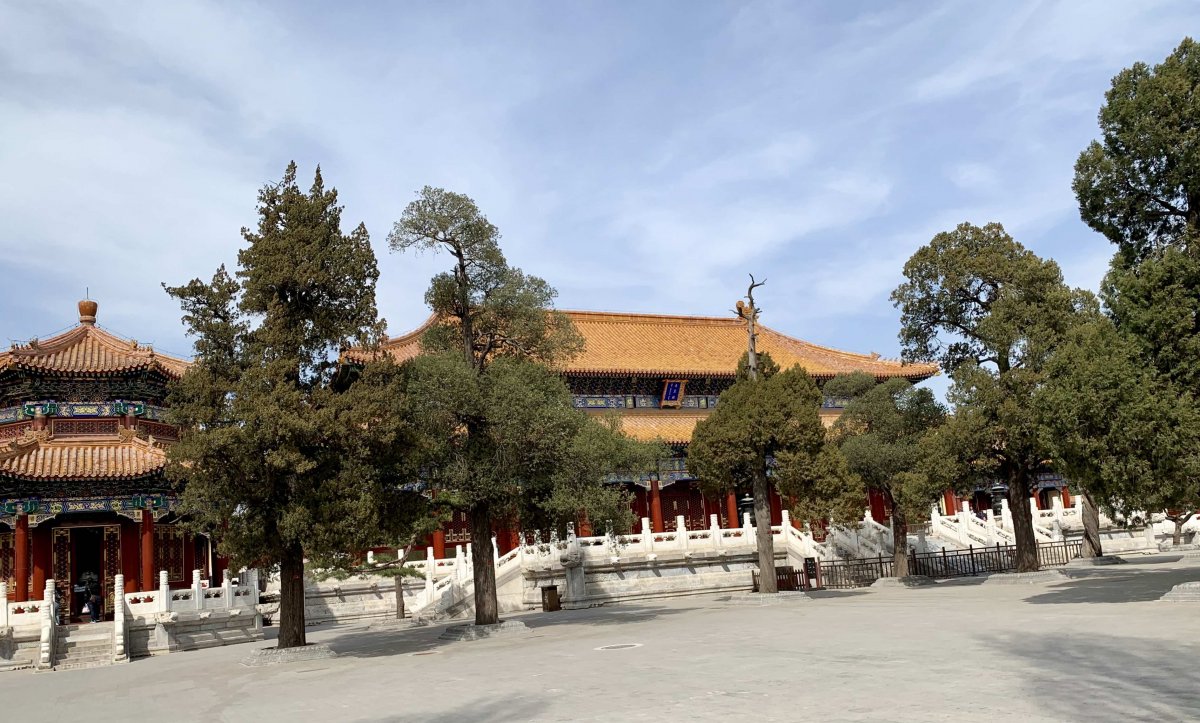
Du and his team set to work rebuilding palace interiors and renovating the structures. Researchers used old drawings and photographs to reconstruct the look and arrangement of the altars and other decorations. 3D printing was used to repair several sculptures.
A major factor in the decision to renovate and reopen the Shouhuang Palace is the city's bid to have all the major structures along the Central Axis listed as UNESCO World Cultural Heritage sites by 2035.
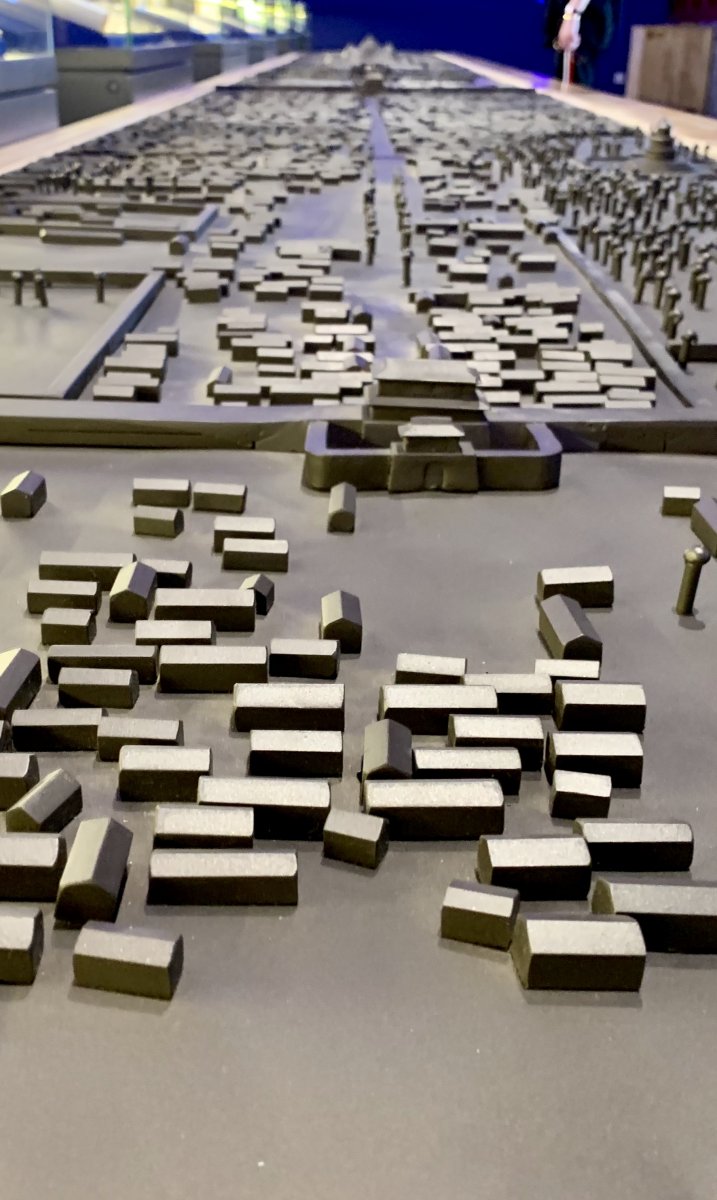
A permanent historical and cultural exhibition is being held in six halls of the complex with exhibits of photos, paintings, imperial documents, and other relics. The site is open to the public from 9am-4pm every day except Mondays. Entrance is free (you'll need your ID or passport). The complex cuts off the number of visitors each day at 3,000, but the plan-ahead types can reserve tickets online through the WeChat public account named, apparently with a trace of irony, Wei Jingshan.
Jeremiah Jenne is a writer and educator based in Beijing. He leads historical walking tours for Beijing by Foot.
READ: Historic Courtyards and Residences That Could (or Should) Be Opened to the Public
Images: Jeremiah Jenne


